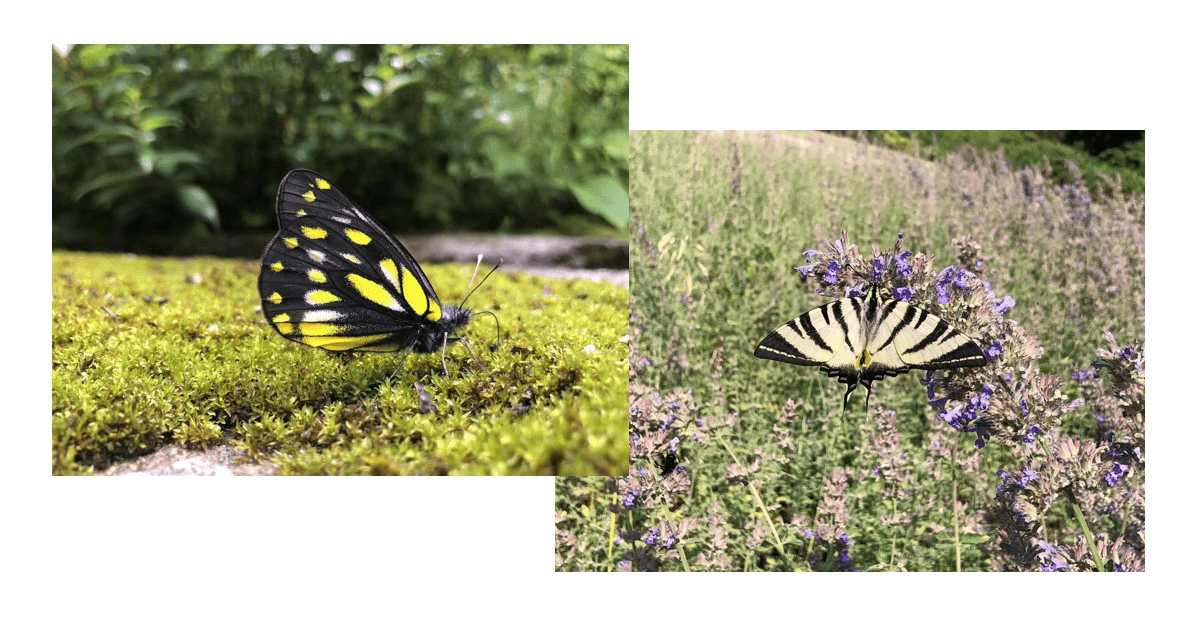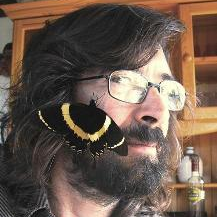Biogeography and Diversity of Butterflies and Moths
A special issue of Diversity (ISSN 1424-2818). This special issue belongs to the section "Animal Diversity".
Deadline for manuscript submissions: 1 July 2024 | Viewed by 4015

Special Issue Editors
Interests: biodiversity distribution; biogeography; phylogeography; lineage geography and taxonomy of butterflies and moths
Interests: molecular evolution; dynamic of communities and populations; plant–insect interactions, ecology; tools: mitochondrial DNA; ISSR; cuticular hydrocarbons; field ecology; model organisms: lepidoptera; diptera; spiders
Special Issues, Collections and Topics in MDPI journals
Special Issue Information
Dear Colleagues,
Lepidopterous insects, commonly known as butterflies and moths, are of great ecological importance and conservation values. The pollination service they offer is only second to Hymenoptera insects such as bees and wasps, which provide us with a fruitful and colourful world. Unfortunately, the conservation status of butterflies and moths is still far from satisfactory globally. Despite of decades of efforts putting together by national legislation, establishment of protected areas, CITES regulation, as well as IUCN assessments, only a very limited number of butterflies and moths are currently effectively protected. Many other taxa, especially those with narrow distribution ranges, are still on the brink of extirpation or extinction.
Although being a group of enchanting insects with a long history of taxonomy and regional species survey, the biogeography and spatial pattern of diversity, especially those involving large-scale research, are still very limited. The spatial distribution of diversity and biogeography, on both species and genetic levels, are crucial in understanding the species’ historical and present status, thus can empower the effectiveness of future conservation planning and strategies. More research is needed on these insects, including their regional species assemblage, spatial diversity distribution pattern, biogeography and phylogeography, population dynamics under anthropogenic disturbances and climate change, etc.
This Special Issue is an excellent opportunity to combine and synthesise recent research on the diversity and biogeography of butterflies and moths. The team at Diversity kindly invites you to submit a manuscript focused on any of the above topics, except for research on Lepidoptera insects that are harmful to agriculture. Although small-scaled case studies (including species inventory) with broad implications are welcome, we encourage authors to submit large-scale and/or multi-specific studies, synthesis works, and reviews that could better enlarge our knowledge on the diversity, biogeography, and conservation of butterflies and moths globally. If you are interested in this opportunity or have any question, please do not hesitate to contact us.
Dr. Shao-Ji Hu
Prof. Dr. Luc Legal
Guest Editors
Manuscript Submission Information
Manuscripts should be submitted online at www.mdpi.com by registering and logging in to this website. Once you are registered, click here to go to the submission form. Manuscripts can be submitted until the deadline. All submissions that pass pre-check are peer-reviewed. Accepted papers will be published continuously in the journal (as soon as accepted) and will be listed together on the special issue website. Research articles, review articles as well as short communications are invited. For planned papers, a title and short abstract (about 100 words) can be sent to the Editorial Office for announcement on this website.
Submitted manuscripts should not have been published previously, nor be under consideration for publication elsewhere (except conference proceedings papers). All manuscripts are thoroughly refereed through a single-blind peer-review process. A guide for authors and other relevant information for submission of manuscripts is available on the Instructions for Authors page. Diversity is an international peer-reviewed open access monthly journal published by MDPI.
Please visit the Instructions for Authors page before submitting a manuscript. The Article Processing Charge (APC) for publication in this open access journal is 2600 CHF (Swiss Francs). Submitted papers should be well formatted and use good English. Authors may use MDPI's English editing service prior to publication or during author revisions.
Keywords
- Lepidoptera
- species richness
- phylogeography
- diversity conservation
- spatial distribution






